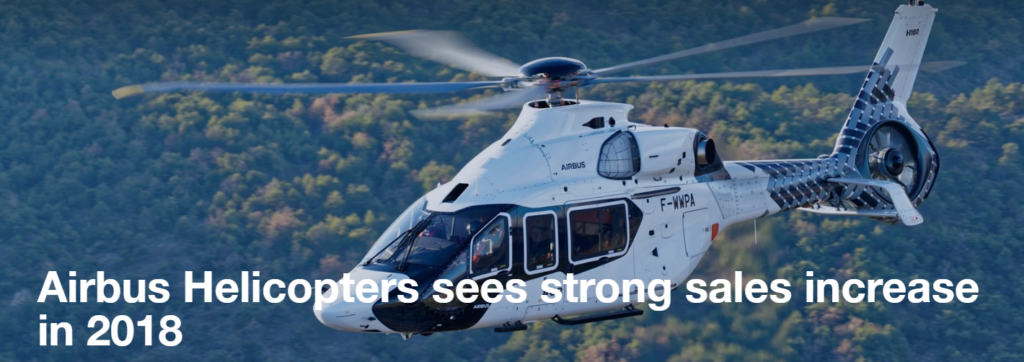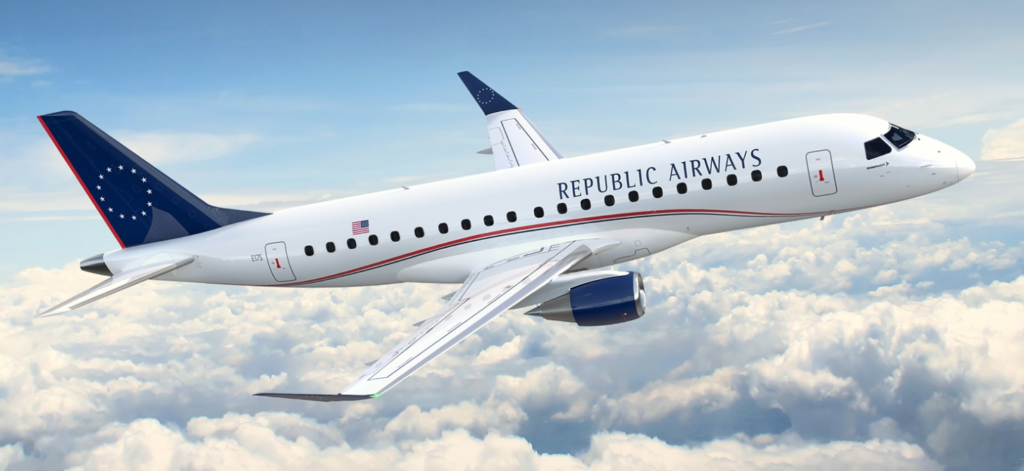Embraer Praetor 600 Business Jet Outperforms on Certification
São Paulo, Brazil, April 18, 2019 – Embraer announces that the company's new Praetor 600 super-midsize business jet was granted its Type Certificate by Brazil's Civil Aviation Authority (ANAC—Agência Nacional de Aviação Civil), having been…

